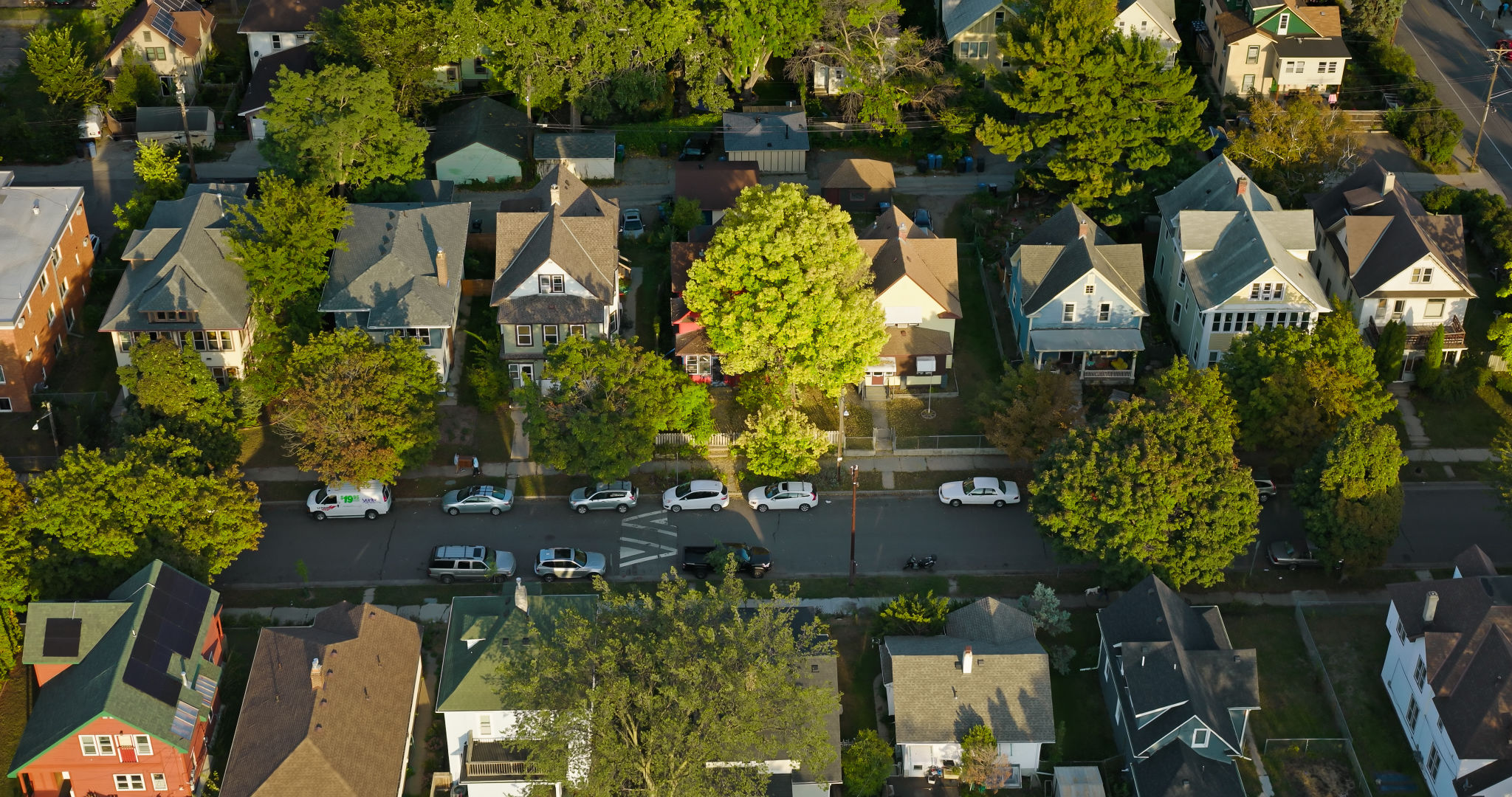Aerial Footage Editing: Common Mistakes and How to Avoid Them
Understanding the Basics of Aerial Footage Editing
Aerial footage, captured through drones or helicopters, offers a unique perspective that can elevate any video project. However, editing this type of footage comes with its own set of challenges. Understanding the basics is crucial for producing smooth and captivating results. Whether you are a seasoned editor or a beginner, knowing the common mistakes and how to avoid them will enhance your editing skills significantly.

Overlooking Stabilization
One of the primary errors in aerial footage editing is overlooking stabilization. Aerial videos often suffer from shake and jitter due to wind and drone movements. To ensure your footage is smooth, use stabilization tools available in most editing software. These tools can significantly reduce unwanted movements and make your footage appear more professional.
When applying stabilization, be cautious not to overdo it. Over-stabilization can lead to unnatural-looking clips and distortions. It's essential to strike a balance and only apply what is necessary to achieve a natural look.
Ignoring Proper Color Correction
Aerial footage often requires specific color correction due to varying light conditions encountered at different altitudes. Ignoring this step can result in dull or unrealistic colors. Make use of color correction tools to adjust the white balance, contrast, and saturation to enhance the visual appeal of your footage.

Pay attention to maintaining consistency across your shots. Inconsistent color grading can distract viewers and lessen the overall impact. Using LUTs (Look-Up Tables) can help achieve a uniform look throughout your project.
Poor Composition Choices
Another common mistake is poor composition choices. Aerial shots provide a broad view, which can make it challenging to create engaging compositions. Remember the rule of thirds, leading lines, and other compositional techniques to guide the viewer's eye through the scene effectively.
Experiment with different angles and heights to capture unique viewpoints. This not only makes your footage more interesting but also helps tell a more compelling story.

Neglecting Sound Design
Sound design is often overlooked in aerial footage editing. The right audio can significantly enhance the viewer's experience. Consider adding ambient sounds, music, or voiceovers that complement the visuals. This adds depth and engages your audience more effectively.
Ensure that the sound levels are balanced and do not overpower the visuals. Use audio editing tools to fine-tune your soundtracks for a polished finish.
Not Planning Your Shots
Finally, not planning your shots before capturing can lead to disorganized footage that's difficult to edit. Before shooting, create a storyboard or shot list outlining the key scenes you want to capture. This helps streamline the editing process and ensures you have all the necessary footage for your project.
- Define your story concept.
- Create a shot list or storyboard.
- Plan for optimal lighting conditions.
- Consider weather conditions that might affect shooting.
By avoiding these common mistakes and implementing these strategies, you can enhance your aerial footage editing skills and create stunning visual narratives that captivate your audience.
